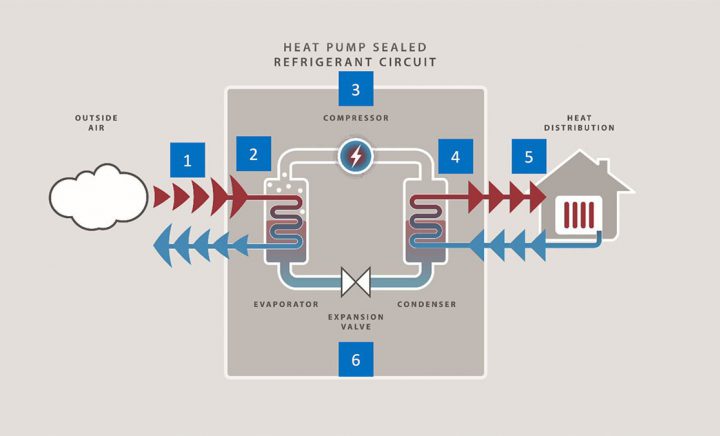
How do heat pumps work?
A heat pump works by extracting energy from one place – the air, ground or water and transfers it to your business in an effective, sustainable way.

There are a few different types of heat pump. But they all have one thing in common: they’re powered mainly by renewable energy, making them one of the most economical and eco-friendly heating solutions available today.
Advantages of renewal heat pumps
Newburgh Hall
-Jane Bradford-
Thanks to Aircon for the great work. The air conditioning units are brilliant and will make our hall a much more pleasant place to be in!
Find out more
If you are interested in finding out more about our services and would like more information, please get in touch with the Aircon Scotland team. We will then be in touch as soon as possible to provide a free one-to-one consultation.
